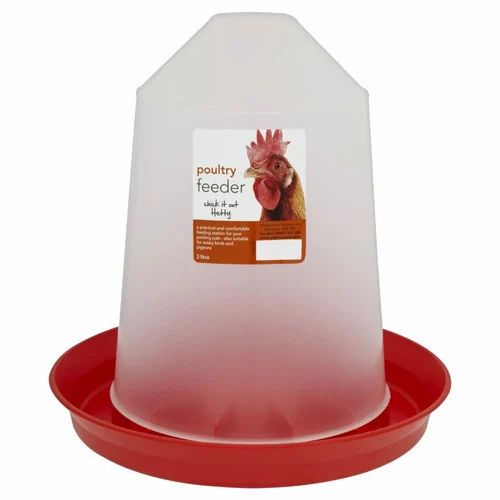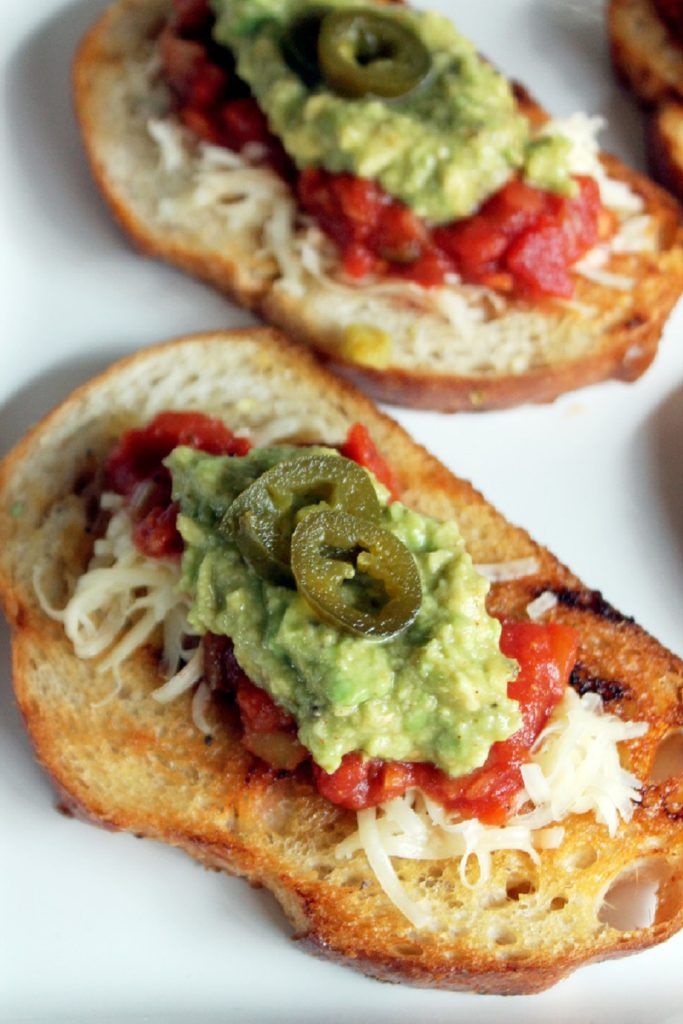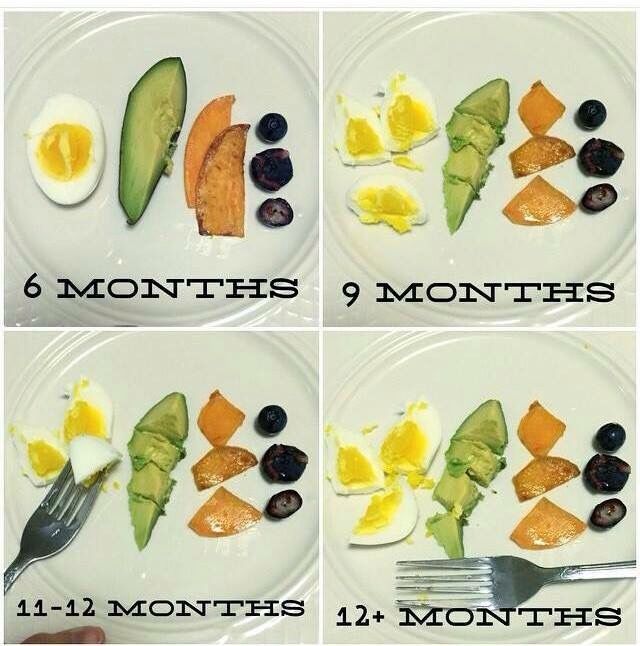Can you mix breast milk with baby food
Working Together: Breastfeeding and Solid Foods
Breastfeeding, like many other aspects of parenting, is a gradual process of increasing independence and self-mastery on your baby’s part and a gradual stepping back on yours. You may have already experienced the beginnings of this process during the first half year of life as your baby learned to enjoy drinking expressed breast milk from a bottle or cup and you began to go places without her. Still, the two of you were closely tied to each other in a nutritional sense: your child thrived on your breast milk alone, which provided the nutrients she needed.
During the second half of the year, your breast milk will continue to provide the great majority of necessary nutrients as she starts to sample a variety of new foods. Though your baby will no doubt greatly enjoy the introduction of new tastes and textures in her life, her experiences with solid food are still just practice sessions for the future. It’s important to make sure she continues getting enough breast milk to meet her nutritional needs.
Introducing foods
The American Academy of Pediatrics recommends breastfeeding as the sole source of nutrition for your baby for about 6 months. When you add solid foods to your baby’s diet, continue breastfeeding until at least 12 months. You can continue to breastfeed after 12 months if you and your baby desire. Check with your child’s doctor about vitamin D and iron supplements during the first year.
Parents with food allergies are often advised to avoid foods that commonly cause allergic reactions (such as cow’s milk, dairy products, and foods made from peanuts or other nuts). But recent research found that the late introduction of certain foods may actually increase your baby’s risk for food allergies and inhaled allergies. You should discuss any concerns with your pediatrician.
If no allergies are present, simply observe your baby for indications that she is interested in trying new foods and then start to introduce them gradually, one by one. Signs that the older baby is ready for solids include sitting up with minimal support, showing good head control, trying to grab food off your plate, or turning her head to refuse food when she is not hungry. Your baby may be ready for solids if she continues to act hungry after breastfeeding. The loss of the tonguethrusting reflex that causes food to be pushed out of her mouth is another indication that she’s ready to expand her taste experience.
Your baby may be ready for solids if she continues to act hungry after breastfeeding. The loss of the tonguethrusting reflex that causes food to be pushed out of her mouth is another indication that she’s ready to expand her taste experience.
First foods
Since most breastfeeding babies’ iron stores begin to diminish at about six months, good first choices for solids are those rich in iron. Current recommendations are that meats, such as turkey, chicken, and beef, should be added as one of the first solids to the breastfed infant’s diet. Meats are good sources of high-quality protein, iron, and zinc and provide greater nutritional value than cereals, fruits, or vegetables.
Iron-fortified infant cereal (such as rice cereal or oatmeal) is another good solid food to complement breast milk. When first starting infant cereal, check the label to make sure that the cereal is a single- ingredient product—that is, rice cereal or oatmeal—and does not contain added fruit, milk or yogurt solids, or infant formula.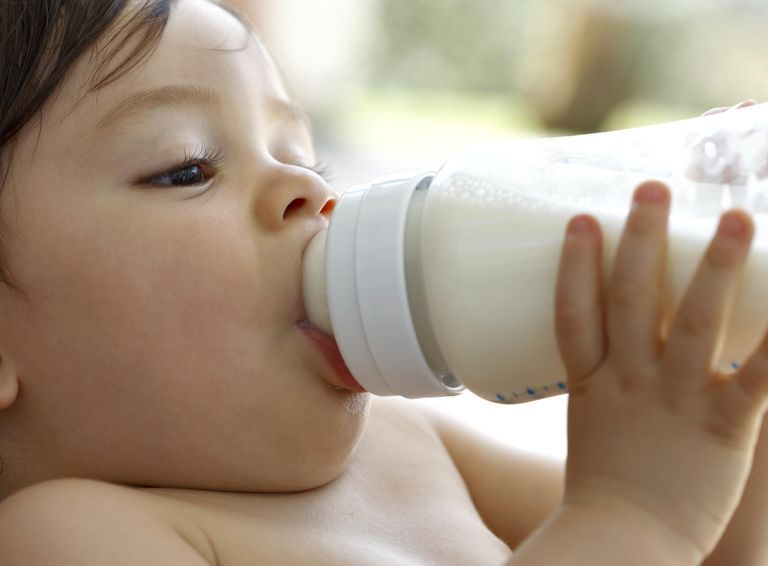 This will decrease the likelihood of an allergic reaction with the initial cereal feedings. You can mix the cerealwith your breast milk, water, or formula (if you’ve already introduced formula to your baby) until it is a thin consistency. As your baby gets used to the taste and texture, you can gradually make it thicker and increase the amount.
This will decrease the likelihood of an allergic reaction with the initial cereal feedings. You can mix the cerealwith your breast milk, water, or formula (if you’ve already introduced formula to your baby) until it is a thin consistency. As your baby gets used to the taste and texture, you can gradually make it thicker and increase the amount.
Once your child has grown accustomed to these new tastes, gradually expand her choices with applesauce, pears, peaches, bananas, or other mashed or strained fruit, and such vegetables as cooked carrots, peas, and sweet potatoes. Introduce only one new food at a time and wait several days before you add another new food, to make sure your child does not have a negative reaction.
As you learn which foods your baby enjoys and which ones she clearly dislikes, your feeding relationship will grow beyond nursing to a more complex interaction— not a replacement for breastfeeding, certainly, but an interesting addition to it. Remember to keep exposing your baby to a wide variety of foods. Research indicates that some babies need multiple exposures to a new taste before they learn to enjoy it. The breastfed baby has already been experiencing different flavors in the mother’s breast milk, based upon her diet, so solid foods often have a familiar taste when introduced to the breastfed baby.
Research indicates that some babies need multiple exposures to a new taste before they learn to enjoy it. The breastfed baby has already been experiencing different flavors in the mother’s breast milk, based upon her diet, so solid foods often have a familiar taste when introduced to the breastfed baby.
Babies need only a few spoonfuls as they begin solids. Since these first foods are intended as complements and not replacements for your breast milk, it’s best to offer them after a late afternoon or evening feeding, when your milk supply is apt to be at its lowest and your baby may still be hungry.
Some pediatricians recommend an iron supplement. If this is the case, be careful to give the exact dose prescribed by your doctor. Always store iron and vitamin preparations out of the reach of young children in the household, since overdoses can be toxic.
You may find that the number of breastfeedings will gradually decrease as her consumption of solid food increases. A baby who nursed every two to three hours during early infancy may enjoy three or four meals of breast milk per day (along with several snacks) by her twelfth month.
Unless you intend to wean her soon, be sure to continue breastfeeding whenever she desires, to ensure your continuing milk supply. To ease breast discomfort, it may become necessary to express a small amount of milk manually on occasion, if her decreasing demand leaves you with an oversupply. Breast comfort is another reason why a gradual introduction of solid foods is advisable, since it allows your body time to adapt to changing demands. Over the span of several months, a readjustment in the supply-and-demand relationship can take place smoothly and painlessly.
The information contained on this Web site should not be used as a substitute for the medical care and advice of your pediatrician. There may be variations in treatment that your pediatrician may recommend based on individual facts and circumstances.
4 Ways to Use Breast Milk in Food
Do you offer your baby milk outside of breastfeeding or bottles? Are you trying to find ways to make the transition from boob to spoon just a little bit easier? Worry no more, below, we have a few ways you can use your breast milk to make a gentle transition to solid foods or use up some of the extra milk you have (if you're lucky enough to have some!).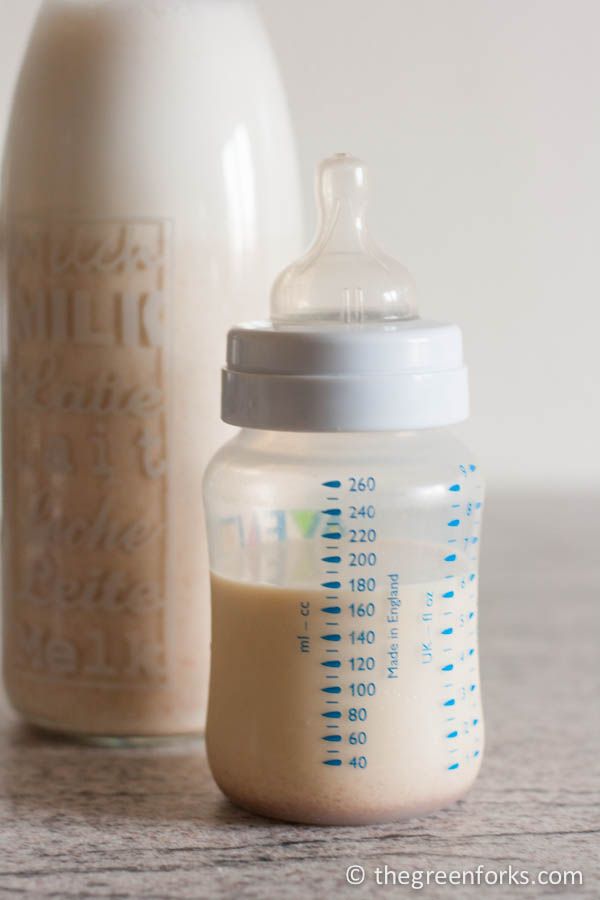
While your husband may go into the freezer looking for ice cream, only to find pouches of breast milk - we found ways to use breast milk in food. Here are some of the recipes we talk about below:
- Breast milk in Baby's Cereal or in Toddler's Breakfast
- Breast milk Popsicles for Teething
- Breast milk Mixed in Baby Purees
- Breast milk into Smoothies
Take your baby from milk monster to little explorer with these fun ways to use breast milk in your food.
Using breast milk to make baby cereal or oatmeal for your baby or your toddler is probably the most straight forward way. It's a great way to spin that liquid gold into a quick and easy breakfast for your baby! You can use a baby cereal brand you like or Amara's Oats n' Berriesflavor.
Recipe Breastmilk Baby Cereal:
1. Place 2-3 tablespoons of baby cereal or 1 pouch of Amara Oats n' Berries in a bowl
2. Mix with 4-5 tablespoons of fresh or frozen breast milk or until your desired consistency
3.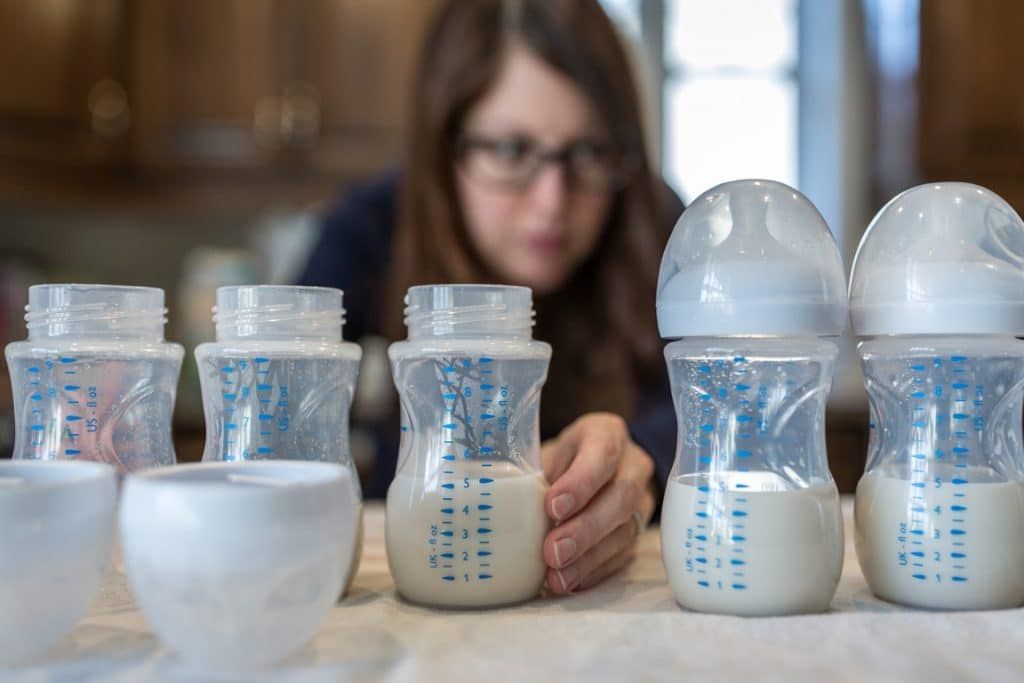 Stir and enjoy!
Stir and enjoy!
You can use breast milk or formula and any kind of baby cereal to make this recipe. If you use Amara Oats n Berries - you can use cold or room temperature breast milk. If you want to use warm breast milk, just make sure you don't heat the breast milk in the stove or the microwave. Heating breast milk sacrifices the nutrients and enzymes that are present in breast milk.
If you want to warm breast milk for your baby cereal - the safest way is to place the container of breast milk under running lukewarm water for a few minutes or put it in a lukewarm bath to bring it to body temperature.
If you want to warm breast milk for your baby cereal - the safest way is to place the container of breast milk under lukewarm water for a few minutes to bring it to body temperature.
Some babies accept new foods more easily
when mixed with something they are already used to
(like breastmilk or formula).
Breast feeding, starting solids and teething all come around the same time for your baby (as if you didn't already have enough to deal with!). That's why we love breast milk popsicles. You get all the benefits of breastfeeding, and the cold popsicles help ease your baby during the discomfort of teething. Here's a recipe for quick breast milk popsicles:
That's why we love breast milk popsicles. You get all the benefits of breastfeeding, and the cold popsicles help ease your baby during the discomfort of teething. Here's a recipe for quick breast milk popsicles:
Recipe Breastmilk Popsicles:
1. Use fresh breast milk (not frozen)
2. Optional: You can mix in a Fruit or Veggie Baby Puree
3. Pour into your favorite popsicle molds and freeze for a few hours.
Note that we recommend fresh breastmilk instead of frozen breastmilk because it's not recommended to re-freeze breastmilk.
The transition from boob to spoon is meant to be slow and steady. One of the fun ways to use breast milk in food is exactly that - mix your breast milk into your baby's food purees. Mixing a bit of breast milk with a spoonful of baby food is helpful to start introducing your baby to food with something that is familiar to her. We've found that some babies accept new foods more easily when mixed with something they are already used to (like breastmilk or formula).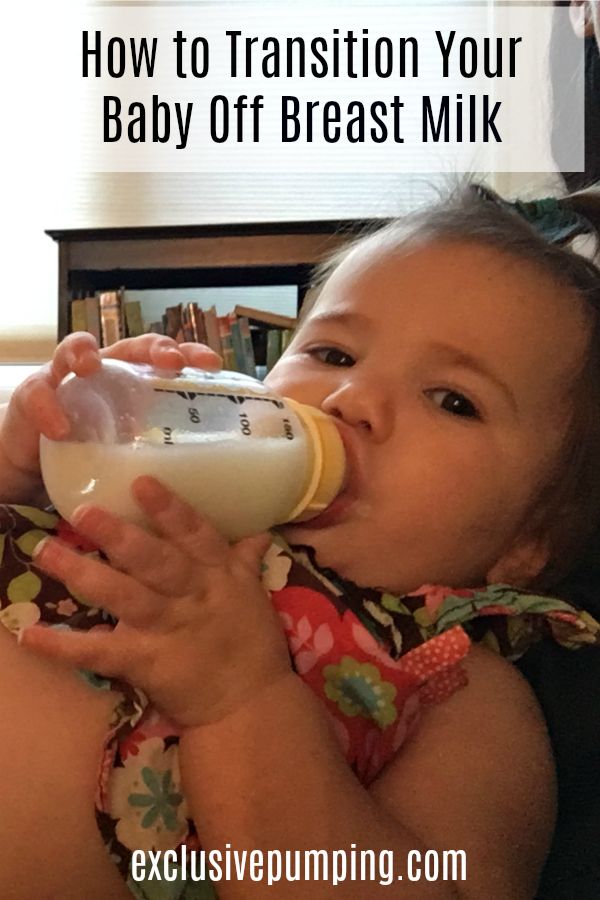 Whether you're using Amara baby food purees that are designed for a gentle transition from boob to spoon; or making your own - here are some simple steps to mixing breast milk into purees:
Whether you're using Amara baby food purees that are designed for a gentle transition from boob to spoon; or making your own - here are some simple steps to mixing breast milk into purees:
Step
1Pour fresh or frozen breastmilk into your favorite baby food bowl.
Step
2Slowly mix in Amara baby food puree or a fruit or vegetable puree of your choice.
Step
3Stir until desired consistency. Serve your perfect breast milk baby food puree! Enjoy!
I don't know about you but I live on smoothies - so when I heard about breast milk smoothies for my baby, I was hooked. Breastmilk is a wonderful source of nutrition for babies from birth to 6 months old and should be the exclusive source of nutrition for them. At 6 months, you can start introducing solids to your baby and can use these breastmilk smoothies as a fun way to get the nutritious breastmilk your baby loves. Plus - breast milk is naturally sweet so it's a perfect. You can use formula too - just remember that formula is a bit sweeter.
You can use formula too - just remember that formula is a bit sweeter.
Recipe for Baby Breast Milk Smoothies:
1. Use fresh or frozen breastmilk
2. Optional: Mix in a Fruit or Veggie Baby Puree
3. Pour into a blender, pulse until smooth
4. Serve cold or room temperature, enjoy!
It’s now very well known that breastmilk is a complete, healthy and nutritious baby’s first food and should be the exclusive source of nutrition for an infant from birth to 6 months and the main source of nutrition from 6 to 12 months.
These baby breast milk smoothies are the best for a hot summer day and can be put into your baby's favorite cup or in a re-usable pouch for on the go.
Tropical Mango
Designed to mix with breastmilk, formula or water for a gentle transition to solid foods.
Buy Now
Sweet Potato Raspberry
Turn your milk monster to veggie lover with these savory veggie purees.
Buy Now
Introduction to Solids
Take the guesswork out of starting solids.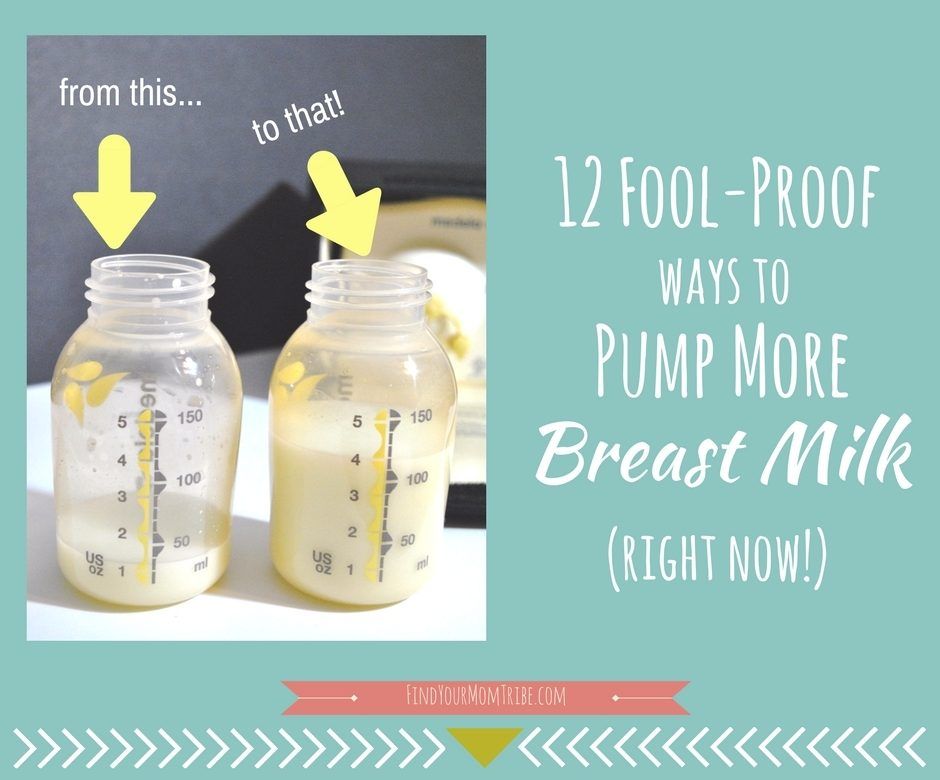 Just mix with breastmilk, formula or water and enjoy.
Just mix with breastmilk, formula or water and enjoy.
Buy Now
Amara baby food brings you 100% organic baby blends designed to mix with breast milk, formula or water for a gentle transition to solid foods for you and your baby.
Voted #1 "Best Baby Food" by the Bump - shop our baby food blends made with whole vegetables, plant based proteins, super fruits and baby cereals.
@amarababyfood
Is it possible to mix breast milk with formula, cereals and other foods?
— Olesya Vladimirovna, tell us what is mixed feeding? What are the main pros and cons of this type of nutrition for digestion and child development?
— We can talk about mixed feeding if the baby receives both breast milk and adapted milk formula. Most often, the need for this type of nutrition is due to poor weight gain of the baby with a lack of mother's milk. Also, supplementary feeding in the form of a mixture may be relevant during the hospitalization of the mother, her forced departure or going to work.
Pediatricians distinguish two types of such nutrition: alternate and sequential.
With alternating, as its name already implies, in one feeding the baby receives mother's breast, and in another or even several subsequent ones - a mixture.
In the sequential version, the baby suckles until it is completely empty, and if he shows anxiety because he has not eaten, then he is supplemented with formula.
Let's talk about the benefits of this diet:
- First, with mother's milk, the child receives immunoglobulins , that is, protection against infection.
- Secondly, the mixture provides saturation, weight gain and supply of the body with vitamins and microelements. Many blends are rich in L-carnitine , a weight-gaining compound.
- Mixed feeding maintains close contact between mother and baby through attachment to the breast, which is important for the comfort of the baby.
But the disadvantages are inevitable:
- Formula milk may, although not always, increase the risk of constipation.

- It is often difficult to find a mixture that the child will eat with pleasure.
- And, finally, financial expenses. A good mixture imposes certain costs on the family.
- Let's talk about blending. Can I mix different portions of breast milk? And if so, how to do it right?
— Each portion of breast milk, even if it is small, should be stored in a separate sterile container in the refrigerator for no more than a day or frozen - always labeled - for six months.
— Can expressed milk that has been stored for some time be mixed with fresh milk?
- Such an option is theoretically possible, but I don't see the expediency in it. Why express fresh milk and mix it with "old" milk? In this case, it is better to breastfeed the baby, and then supplement the previously expressed product.
- Can formula be mixed with breast milk? Do these mixtures need to be diluted with water? Can it be diluted partly with water and partly with milk? And if so, how to do it right?
— To be honest, I don't understand why you mix breast milk with formula. If the mother has some milk, then you need to breastfeed the baby, and then supplement it with a mixture. Mixing formula and milk in one bottle is completely impractical.
If the mother has some milk, then you need to breastfeed the baby, and then supplement it with a mixture. Mixing formula and milk in one bottle is completely impractical.
- Is it possible to mix cereals with breast milk?
- But you can breed porridge with breast milk. If there is excess milk that the mother can express after feeding, then it is permissible to add it to instant (not requiring cooking) cereals. The familiar taste can make it easier for your baby to introduce a new food.
— Is there a difference between breastfeeding a baby with supplemental formula and breastfeeding with formula all at once?
- I'm still against diluting formula with breast milk: I just don't see the point in it. If there is 30 ml of milk, you can feed it to the child, and then supplement it with a good adapted milk formula.
- Breast milk porridge - why do questions arise about its preparation?
— Why do such questions arise? Because some mothers have excess milk, they express it and understand that this is a valuable and important product.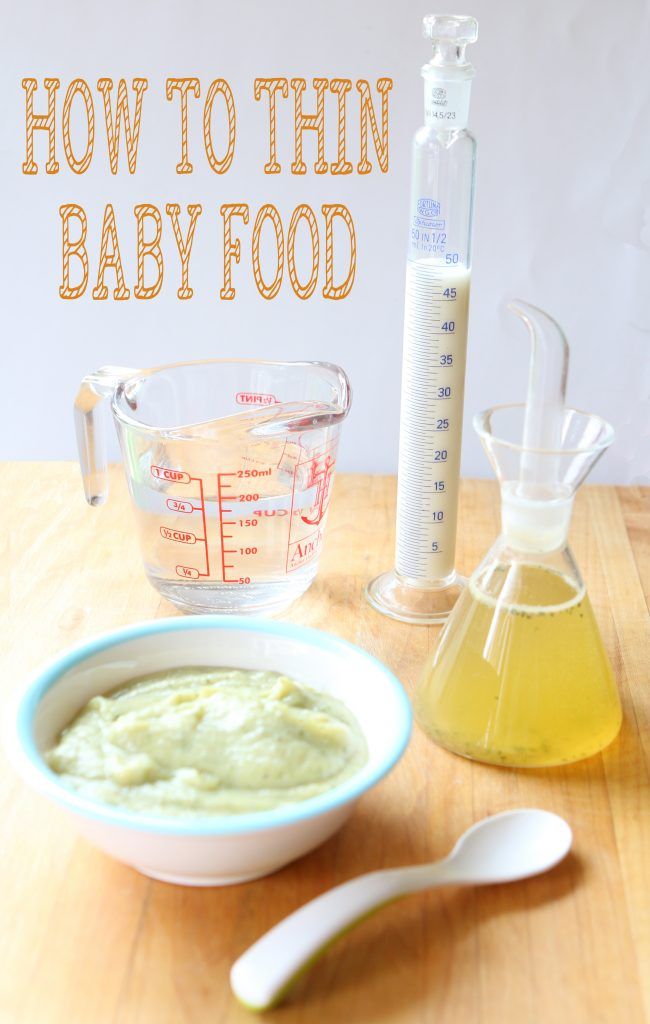 So, they want to use it for breeding cereals. In fact, the composition of instant cereals has already been adapted to the needs of the child, and mother's milk in this case can only add the usual taste.
So, they want to use it for breeding cereals. In fact, the composition of instant cereals has already been adapted to the needs of the child, and mother's milk in this case can only add the usual taste.
— Can cooking porridge with breast milk make it easier to introduce complementary foods?
— What kind of porridge are we talking about? If about instant, that is, bred, then this is already a full-fledged and rich in vitamins and microelements food. You can add some breast milk to it for taste. If the mother decides to cook porridge from crushed cereals and she has expressed breast milk, then it will fit, of course, much better than cow's.
— How to cook porridge with breast milk?
- Just like on cow's - pour the cereal with milk and simmer over low heat until cooked. But this destroys part of the nutrients of breast milk. Therefore, you can boil the porridge in water, cool it a little and then add warm breast milk.
— At what age can a child be fed cereals with breast milk?
- We introduce porridge as a second food after hypoallergenic vegetables have settled in the child's diet - unless your pediatrician recommends otherwise.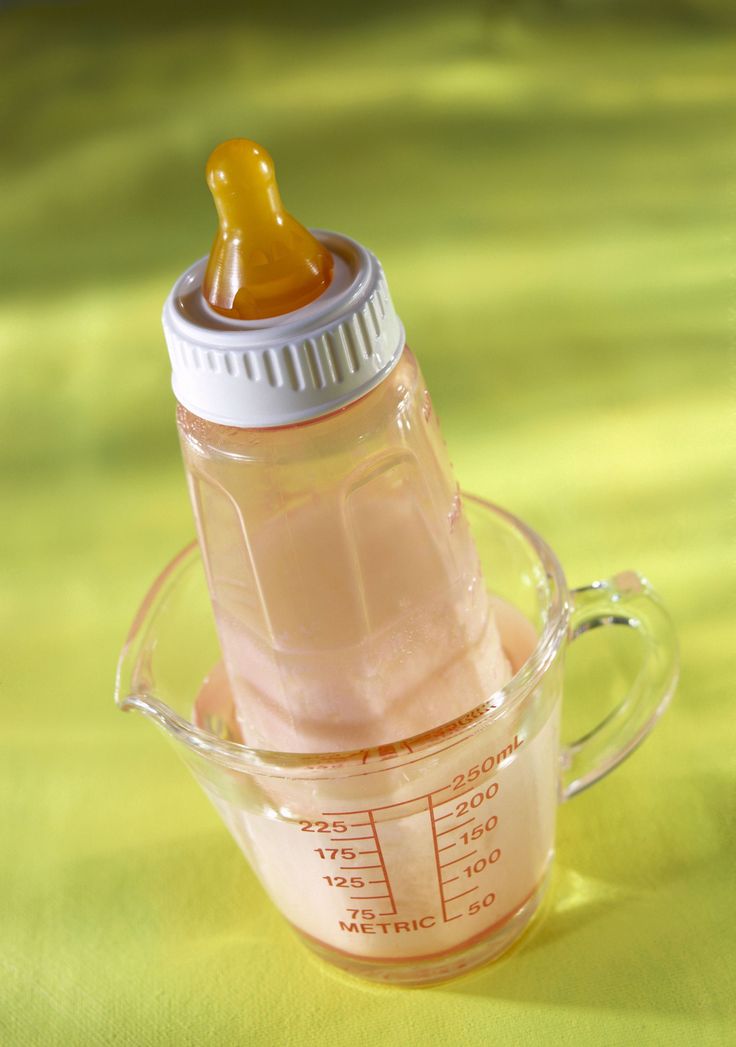 Pediatricians advise giving milk porridge to children, which are diluted with water, and dairy-free porridge can be mixed with breast milk if the mother has the opportunity to express after feeding.
Pediatricians advise giving milk porridge to children, which are diluted with water, and dairy-free porridge can be mixed with breast milk if the mother has the opportunity to express after feeding.
- Can MAMAKO ® Premium goat milk formula be mixed with breast milk for mixed feeding?
- MAMAKO ® Premium formula contains goat's milk, which is better digested and absorbed by the child's body than cow's, which is the basis of many children's products. In addition, the mixtures contain additional useful inclusions:
- Pre- and probiotics for the restoration and normalization of intestinal microflora,
- Immune Nucleotides,
- Lutein for vision.
Another advantage of this diet is the absence of palm oil, which has been replaced by palmitic acid from milk fat. This helps to prevent constipation, colic and regurgitation.
Summarizing all of the above, I want to highlight the main thing again: of course, you can mix different portions of breast milk, but only before feeding the baby. Again, it is possible to use mother's milk for making baby cereals, given a number of simple recommendations, but I see no reason to dilute the mixture with breast milk and do not recommend this to young mothers.
Again, it is possible to use mother's milk for making baby cereals, given a number of simple recommendations, but I see no reason to dilute the mixture with breast milk and do not recommend this to young mothers.
Can breastmilk and formula be mixed?
Mothers and babies' plans often go awry - so if you decide to exclusively breastfeed, don't feel guilty if you wake up one morning (or 3am) and decide you need to reset your standards.
Breastfeeding can be very rewarding and incredibly challenging. It can be a source of great joy and a cause of literal pain.
We all want the best for our babies, and while we're reminded time and time again that breasts are the best, formula can be a blessing and a game changer.
The good news for weary parents is that you have both. You can successfully breastfeed your baby with formula breast milk.
You can find a compromise, provide your child with the necessary nutrition and maybe even take a break. Here's what you need to know.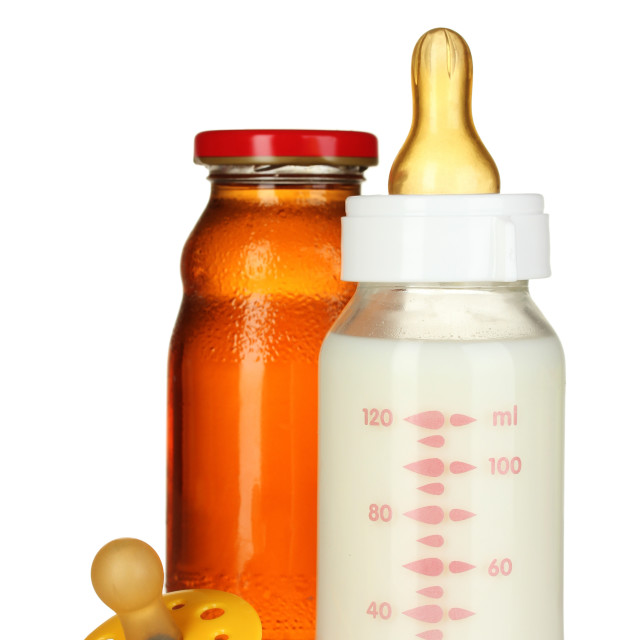
Is it possible to combine breastfeeding and artificial feeding?
It cannot be denied that the benefits of breast milk are numerous. Mother's milk evolves to meet a baby's changing nutritional needs, contains antibodies that protect against infection, and may even reduce the risk of sudden infant death syndrome.
Moreover, breastfeeding is also beneficial for new parents. It may speed up the healing process, help fight postpartum depression, and reduce the risk of certain types of cancer.
Although the American Academy of Pediatrics and the World Health Organization both recommend exclusive breastfeeding for the first 6 months of a child's life, parents know that this is not always possible or advisable.
This uncompromising expectation can eventually exhaust breastfeeding and force mothers to stop smoking prematurely.
In fact, one small study found that early use of restricted formula combined with breastfeeding for newborns who were losing weight while still in the hospital did not adversely affect breastfeeding and actually reduced readmission rates.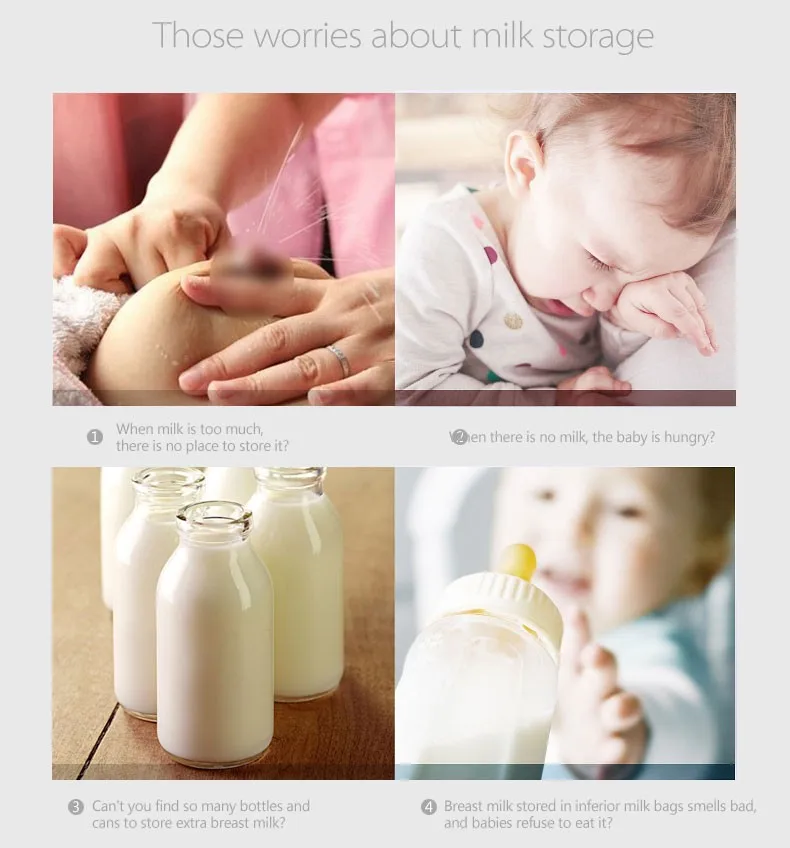
So yes, exclusive breastfeeding is ideal, but if your reality suggests it's not possible, formula boasts the vitamins, minerals, carbohydrates, fats, and proteins an infant needs to survive and thrive.
The formula can offer an option that meets nutritional needs and also allows breastfeeding mothers to consider and adapt to their own needs.
When it comes to breastfeeding, it shouldn't be an all or nothing experience.
If you feel overwhelmed, overtired, or simply overwhelmed, consider supplementing with formula to continue breastfeeding.
While breastfeeding is definitely encouraged, remember that breastfeeding is better than nothing and you can find a middle ground that works for you and your family.
Combination feeding involves the use of breast milk for some feedings and formula for others. It still gives you and your baby the amazing health benefits of breastfeeding, but offers an alternative when medical or life circumstances make exclusive breastfeeding impossible.
It's a good idea to research or work with a doctor or lactation consultant before you start adding formula to your baby's diet. They can help you determine how much formula to give at each feed or within 24 hours.
Small tummies take more time and effort to digest formula, so they often need less than you expect.
Gradually adjusting your breastfeeding sessions as you begin adding formula to your feeding plans will help you and your baby transition more easily from exclusive breastfeeding to combination feeding.
It might make sense to try combination feeding if:
You are not producing enough milk
If you are struggling to produce enough milk to satisfy your adorable but ravenously hungry baby, you can naturally increase his milk production by drinking by eating well and expressing milk regularly.
However, sometimes, despite the mother's best efforts, her production cannot meet the needs of the child. Hormonal changes, previous breast surgery, certain medications, and even age can all contribute to eating problems.
You are a mother of many children
Lack of milk can also affect mothers of twins or twins. Satisfying the demands of two or more babies can leave you feeling drained and exhausted, even if your little ones remain hungry.
Combination feeding may be the solution you are looking for. Whatever routine you set up, give it time - you and your twins will adjust.
You need more sleep (and a break)
New parents are heroes. But you know what else is heroic? Ask for help.
If your partner bottle feeds your baby, it can give you the big chunk of Zzz you so desperately need.
If you can't get help at night, consider giving your baby a small amount of formula before bed to keep his tummy full longer.
you're going back to work
If you can't or don't want to juggle pump parts, consider formula feeding. For example, you can breastfeed in the morning and evening, and in between, ask your nurse to give you formula.
Your milk will take time to adjust to these changes, so don't stop pumping during the day. Also, remember that your baby may be having a reverse cycle and want to breastfeed more often when you are at home.
Also, remember that your baby may be having a reverse cycle and want to breastfeed more often when you are at home.
Can I mix breast milk and formula in the same bottle?
If you're wondering if you can mix breast milk and formula in the same bottle, the answer is yes!
However, it is important to follow some safety rules.
Prepare your formula first
If you are using a powdered or concentrated formula, you must first prepare it according to the instructions, making sure to add the correct amount of distilled or safe drinking water.
After you have properly mixed formula and water, you can add breast milk.
Please note that you should never use breast milk in place of water when preparing formula. Maintaining the correct ratio of water to formula and then adding breast milk separately will ensure that you do not alter the nutritional content of the formula.
Adding too much water to formula can dilute the nutrients, and adding too little water can put a strain on the baby's kidneys and digestive tract, causing dehydration. In extreme cases, it can also lead to neurological problems.
In extreme cases, it can also lead to neurological problems.
If you are using ready-to-use liquid formula, no further steps need to be taken before mixing with breast milk.
Ensure safe storage and disposal of breast milk and formula
There are different rules for the storage, use and disposal of breast milk and infant formula.
Breast milk can be frozen in a food grade plastic container for up to 6 months. Once thawed, it can stay in the refrigerator for up to 24 hours.
Freshly expressed breast milk can be stored in the back of the refrigerator for up to 5 days or in an insulated refrigerator for up to 24 hours.
Open container of liquid formula should be stored in the refrigerator and used within 48 hours. However, if you have formula bottles ready, they should be used within 1 day. Similarly, a refrigerated bottle of formula mixed with breast milk should be used or discarded within 24 hours.
While a room temperature breast milk bottle is good for up to 5 hours, a bottle of formula or breast milk mixed with formula should be discarded 1 hour after use.
Bacteria multiply rapidly in cow's milk products, so do not attempt to store partially used formula or a bottle of formula and breast milk in the refrigerator for more than 60 minutes.
Benefits and risks
What are the benefits?
Mixing breast milk and formula in one bottle can make feeding times more convenient.
This combination feeding method has other advantages:
- The baby can get used to the taste faster. If your picky little love is used to your breast milk, she may turn up her nose at the taste of formula at first. By mixing them together, they can quickly become accustomed to this unfamiliar taste.
- The child can sleep longer. The baby's body takes longer to process the formula, so he may have longer periods between feedings if you use breast milk and formula at the same time.
What are the risks?
There are some potential downsides and even a few risks of mixing breast milk and formula in the same bottle. Keep the consequences in mind so you can make an informed decision.
Keep the consequences in mind so you can make an informed decision.
You may be wasting breast milk
Many may cringe at the thought of mixing breast milk and formula in the same bottle, fearing that some of this hard-earned precious "liquid gold" may be wasted.
No mom wants her pumping to go to waste, so if your baby usually doesn't finish her bottle, consider breastfeeding first and then offering a separate bottle of formula if she still seems hungry.
Your supply may be depleted
Adding formula to your daily routine - whether it's supplementing with pure formula or mixing formula and breast milk in a bottle - can lead to reduced milk production.
Supplementation gradually can help you maintain an adequate supply.
Potential Health Hazards
As mentioned earlier, it is important to mix correctly according to instructions.
Breast milk should not be used as a substitute for water in powdered or concentrated formula bottles.




